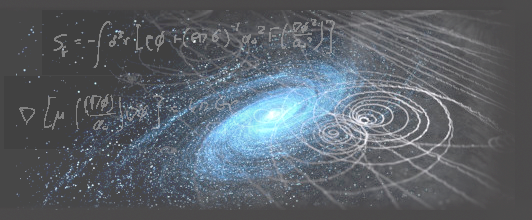Speaker
Description
The search for a particle candidate explaining the origin of dark matter is one of the central goals in modern astro-particle physics. New fixed target experiments show great potential for probing this new physics, particularly in the sub-GeV dark matter paradigm. In the event that a dark matter signal is seen at such an experiment, it is crucial to make an independent validation to confirm detection. In this presentation, we explore the possibility of using a direct detection (DD) experiment to validate a hypothetical dark matter signal seen at the Light Dark Matter eXperiment (LDMX). We propose a four-step analysis strategy, which we have implemented with Monte Carlo simulations. First we simulate a hypothetical LDMX detection signal (as an excess in final state electron energy and transverse momentum distributions). Secondly, a hypothetical semiconductor based DD signal is simulated with increasing exposure. The third step is to extract a posterior distribution for the considered dark matter model parameters by performing Bayesian parameter estimation on the DD signal. In the last step, the parameter posterior is incorporated as a predicted electron recoil energy and transverse momentum for LDMX, which is then compared to the recorded LDMX result by utilizing a chi-square hypothesis test. We present the results of this comparison in terms of a threshold exposure that a DD experiment has to operate with to assert whether the predicted and recorded signals can be statistically dependent. This result varies from 0.007 kg-year for a DM mass of mχ=4 MeV to 1.45 kg-year for mχ=25 MeV, which is soon to be within reach.

